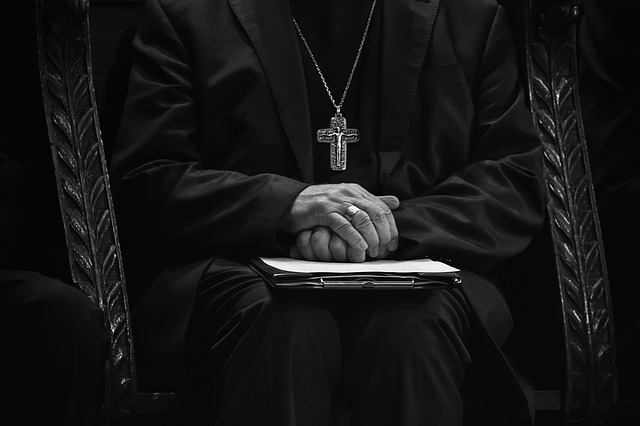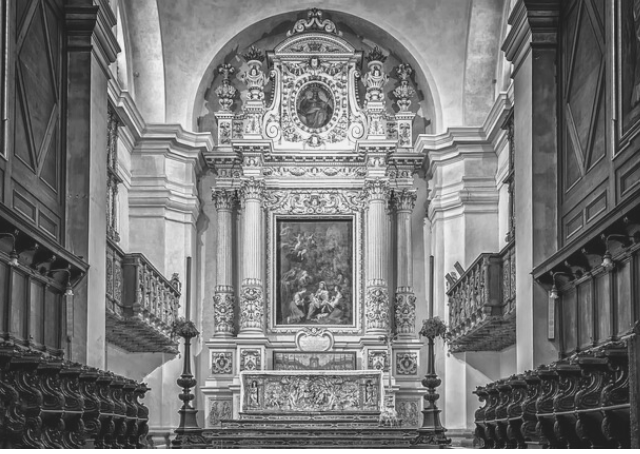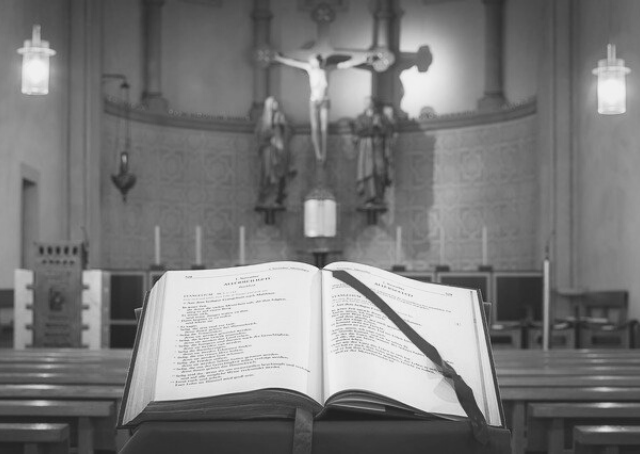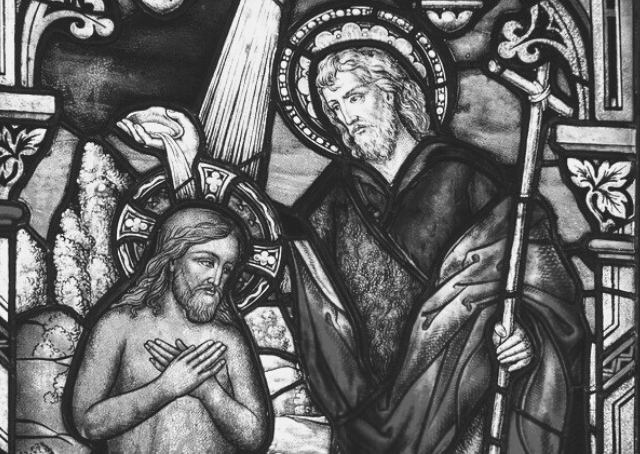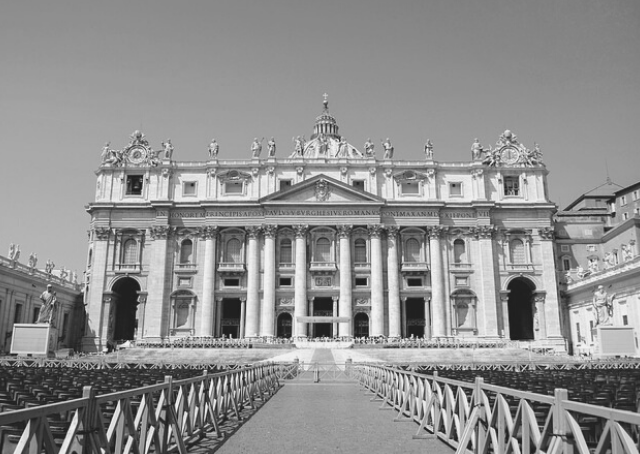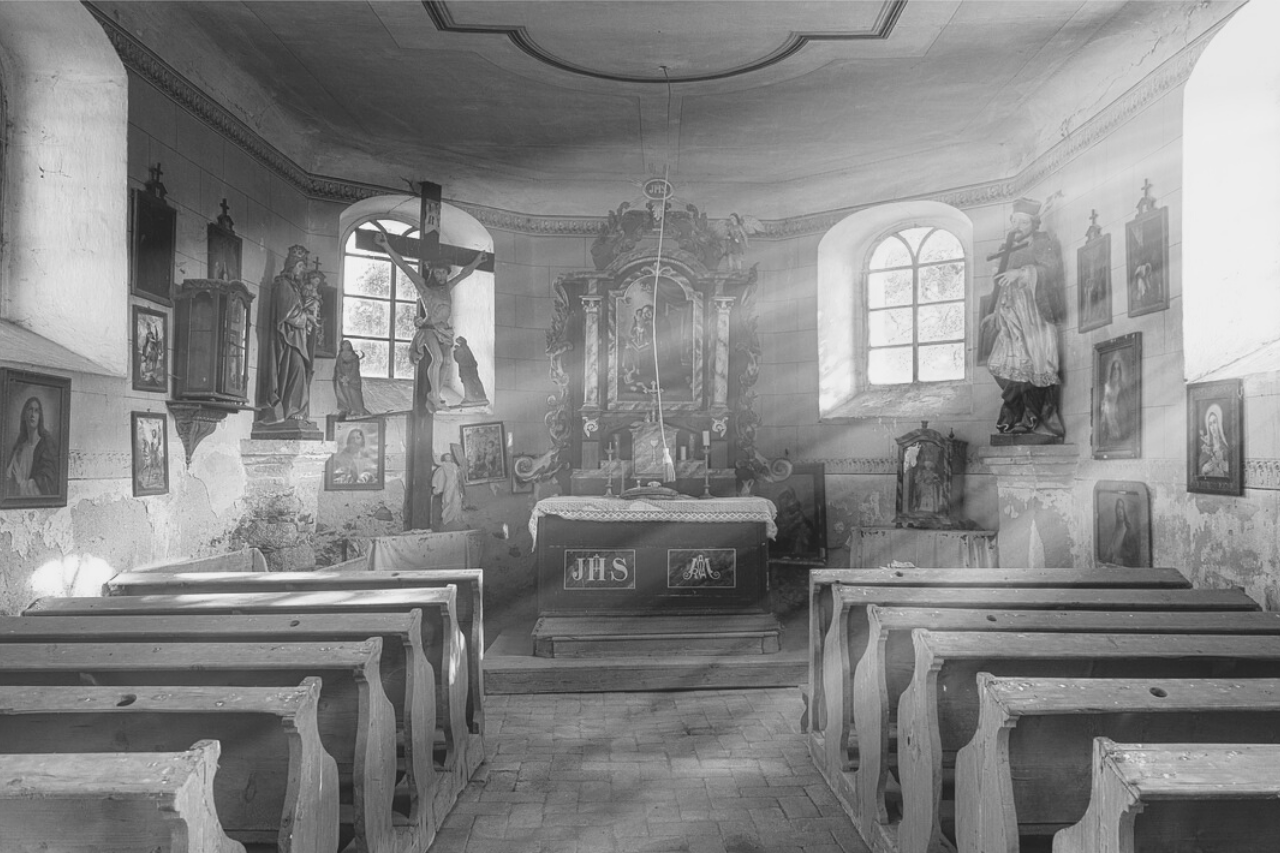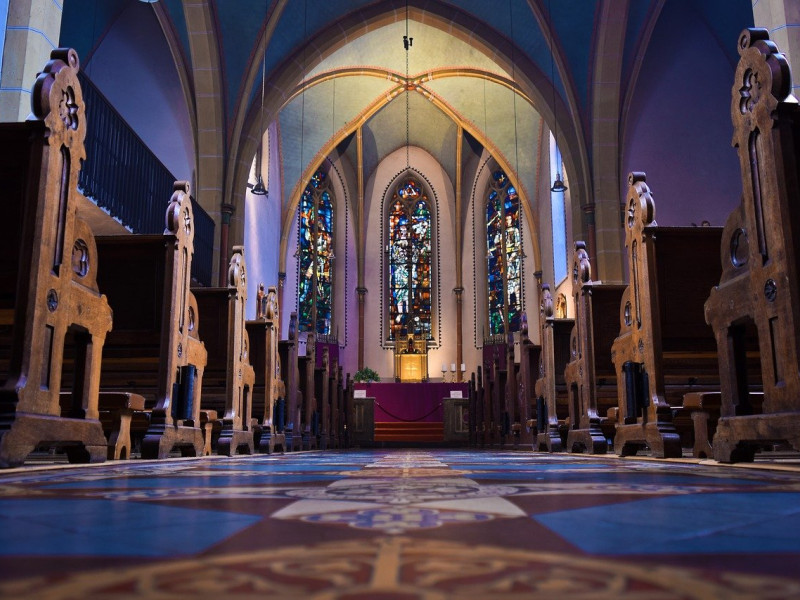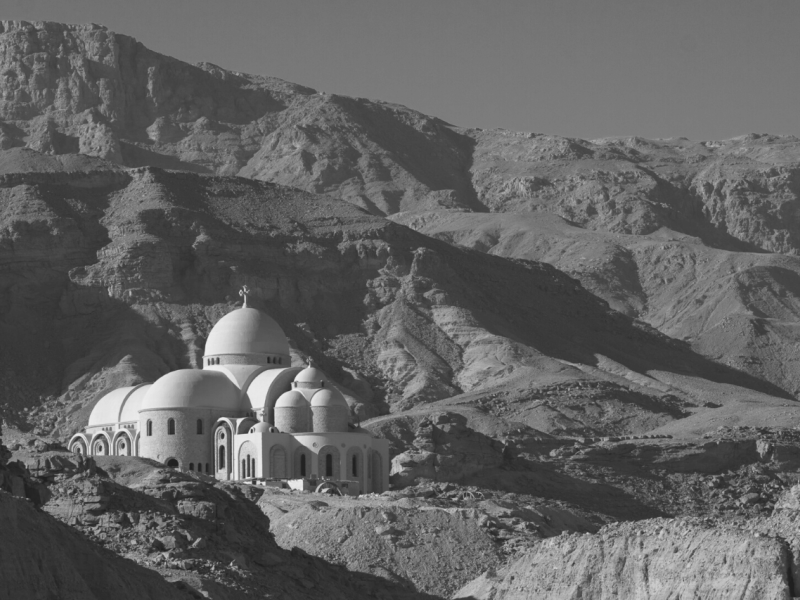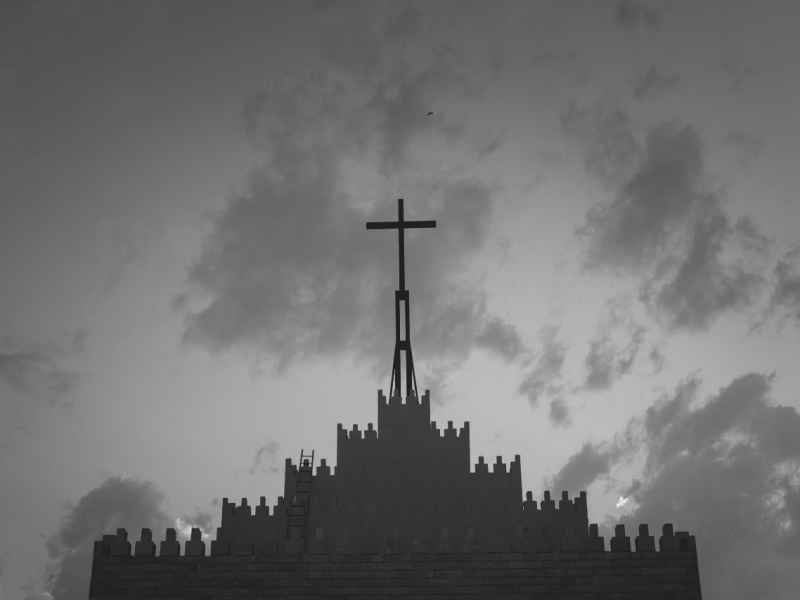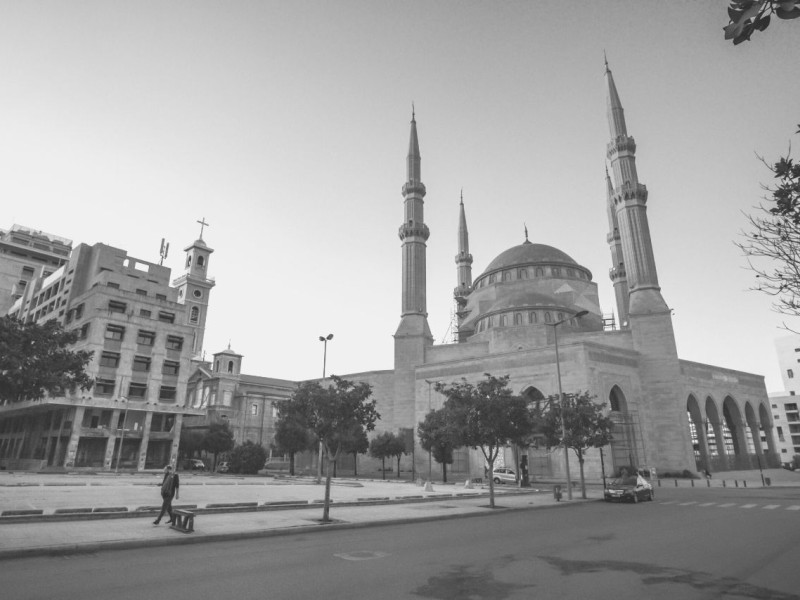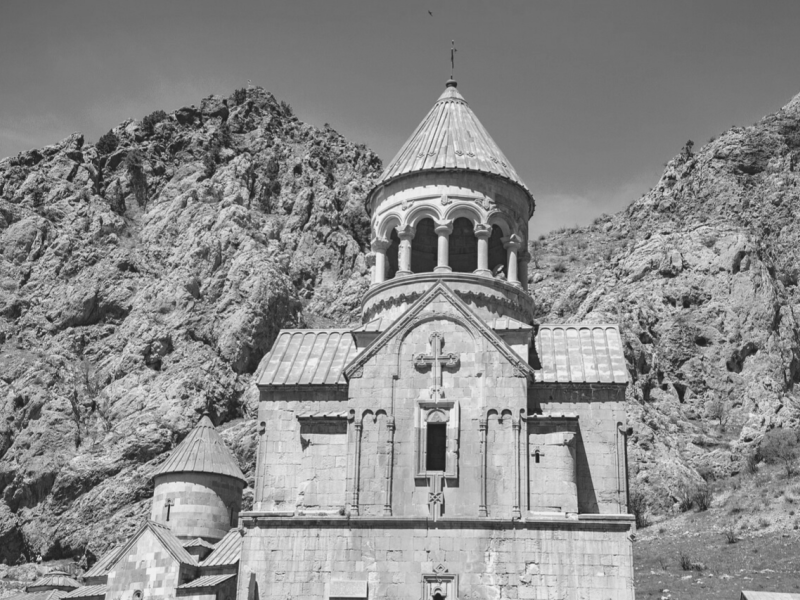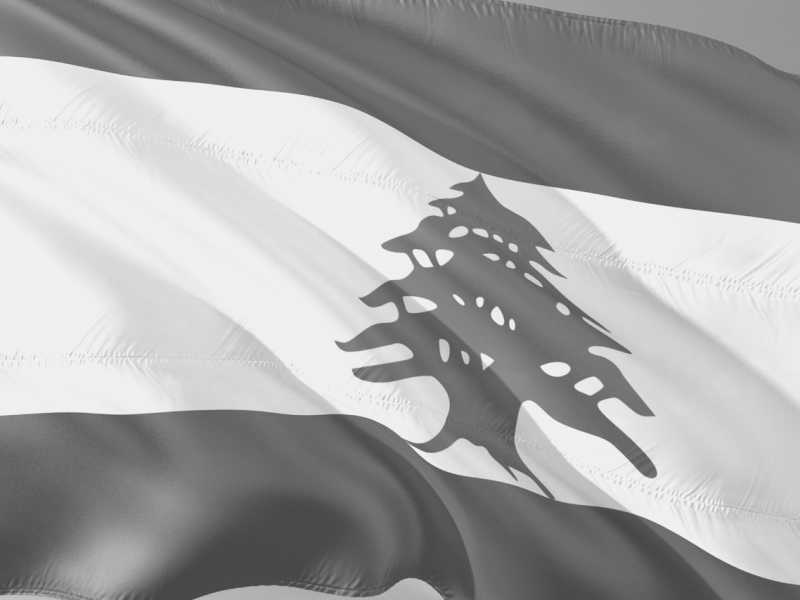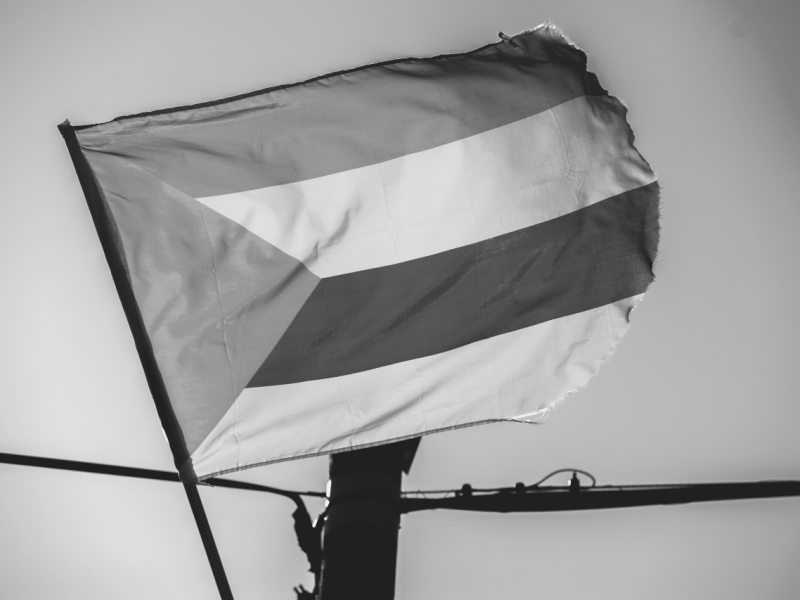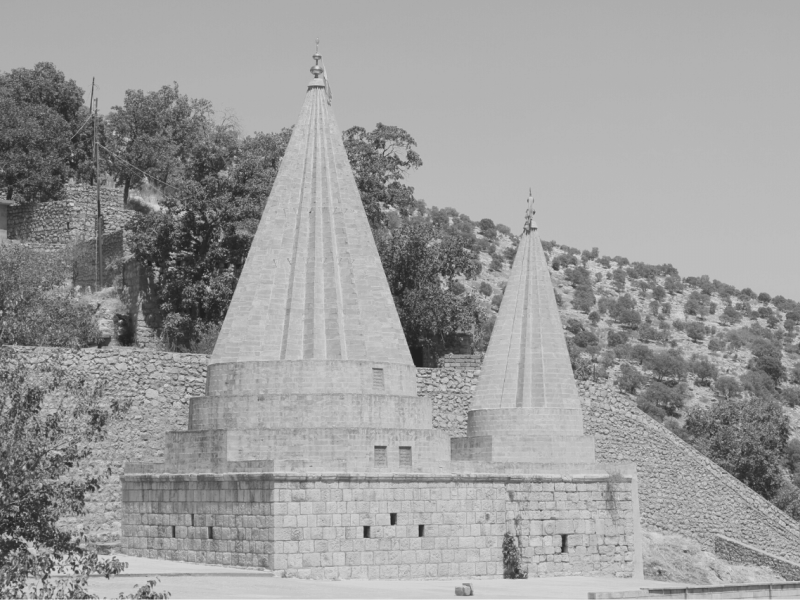Melkite Catholicism: An Interesting Mix of Spirituality & Theology
Melkites are present-day Catholics who follow Byzantine theology and Middle Eastern traditions. This old religion is an interesting mix of spirituality and theology.
This article will discuss this ancient branch of the Catholic Church.
What is a Melkite Catholic?
The Melkites, sometimes spelled Melchire, are religious people usually found in Syria and Egypt who accept the Council of Chalcedon’s ruling. They affirm the divine and human nature of Christ.
There are more than 425,000 Melkite Catholics in Lebanon, 235,000 in Syria, 27,600 in Jordan, and 80,000 in Israel and Palestine. Before 1948, more Melkites inhabited Israeli and Palestinian territories. Because of the conflict between the two nations, the Melkites moved away from the Middle East.
Today, you can find more Melkites living outside the Middle East than those residing there. Some of the countries with Melkite Catholic communities include Brazil, Argentina, United States, and Australia.
What is the Melkite Catholic Church?
The Melkite Church is one of the twenty-two autonomous Catholic churches with a patriarch as its head. The church has origins that date back to Antioch’s Church – what is now known today as Antalya in Turkey.
The Melkite Church is related to the Greek Orthodox Church of Antioch. It centered initially in Syria, Lebanon, Jordan, Israel, and Palestine. While the Melkite Catholic Church shares the same rites and Byzantine doctrine with Eastern Orthodox beliefs, they have always been a part of the Catholic Church. In 1724, the Holy See reaffirmed the Melkite Catholic Church’s union with Rome.
However, the Melkite Catholic Church has grown outside the Middle East due to migration and persecution. There are currently nearly 2 million church members worldwide, with churches in many different communities.
Melkite Catholics: A Brief History
The Melkite community consists of Greek colonists and the Arabicized populations of Egypt and Syria. Following the schism that started and divided the Catholic Church in 1953, the Melkites adopted the Byzantine rite, following Michael Cerularius, the patriarch of Constantinople.
In the following centuries, Antioch’s patriarch attempted to reunify with Rome, causing a small group of Melkite Catholics to emerge. Unification didn’t come until 1724, when the Catholic Cyril VI was elected patriarch of Antioch.
Organizationally, the Melkite Church has three historic patriarchates: Alexandria, Antioch, and Jerusalem, in union with the Patriarch of Constantinople.
The Orthodox who opposed the union elected their patriarch, Silvester, received legal recognition from the Ottoman governments. The Orthodox church received autonomous status with this election. It took over 100 years for Catholics to receive independent status from the Ottoman Turks.
Becoming a Melkite Priest
To become a Melkite priest, you should want to serve people and wish to be accepted by them.
To gain entry into a Melkite seminary, you should have been a Melkite community member for at least two years. A married Roman Catholic cannot seek priestly ordination in the Melkite Church.
Suppose a man wishes to be married and apply to study for the Diaconate or Priesthood in the Melkite Church. In that case, he needs to be married before he is ordained. If he is unmarried when he joins, he must be celibate.
Are There Any Arab Christians?
Yes. Several Catholics consider themselves to be Arabs, such as the Melkite Catholic Church and the Latin Catholic Church.
But the Melkites are not just Arab Christians. A significant amount of them has become religious refugees. The Israeli-Palestinian conflict has had a severe impact on the church, alongside the Middle East’s holy civil war. For this reason, they have moved around the Middle East and further afield.
The Melkite Cross: Honorifics
In a Melkite Church, there are no Stations of the Cross. Icons are a preferred form of religious art to display in religious buildings. However, there is the Patriarchal Order of the Holy Cross of Jerusalem. This is an honorific lay order that promotes religious, cultural, charitable, and social works related to the Melkite Church.
Liturgy & its Celebration
Greek Melkite liturgy, although Byzantine in form, is mainly celebrated in Arabic. Although in many countries outside the Middle East, they celebrate it in their language. Liturgy mostly takes place at or behind the central profile of a multi-doored wall known as an iconostasis – where all icons hang on the wall.
The altar lies behind the iconostasis and is partially visible through the central door. Byzantine liturgy is purposely resplendent, with gold vestments, intended to serve as a meeting place between heaven and earth.
The Melkite liturgy shares the same structure as Roman Mass. It contains the Epistles, Gospel, Petitions, words of Institution, the Holy Spirit’s invocation, and the Lord’s Prayer. Mass celebrants usually face the same direction, except when reading the Gospel, delivering sermons, and ritual blessings. A deacon will move back and forth between the celebrant and the people. Sung chant is often incorporated into the Melkite liturgy.
Worshippers tend to stand throughout the liturgy, although pews and chairs are in Melkite Catholic churches. Unlike Roman Catholic custom, standing is the primary devotional posture instead of kneeling. Melkites will always stand for the Consecration.
The bread used for communion is leavened, unlike the unleavened bread used in the West. Melkite worshippers will do the Sign of the Cross when invoking the Holy Trinity. Older worshippers pray the Rosary through the liturgy, although this action is often considered quite bemusing by younger Melkite Catholics.
Practices & Rituals
The Catholic Church defines rites as a way of expressing the teachers of Jesus Christ. Ceremonies are held to a high standard because they are an expression of individuality and identity. Rituals are considered a sacred link that joins people with their ancestors and the many generations of Christians.
Like any Christian worshippers, followers of Melkite Catholicism follow historically developed and practiced traditions. They never see any of their obligations as regulations but instead as a way of showing their love.
They don’t worship Mary and the saints, as do members of the Roman Catholic Church. Instead, they carry immense respect for them. The reserve worship only for God and God alone. Oral traditions have indicated that the early community developed a special devotion to the Holy Virgin Mary.
They believe in the seven Holy Mysteries, or Sacraments, that Christ historically instituted: Baptism, Chrismation, Eucharist, Confession, Holy Orders, Marriage, and Anointing. They are all administered according to the ritual of the Byzantine tradition.
Patriarch
On June 21, 2017, the Holy Synod of the Melkite Greek Catholic Church elected Archbishop Joseph Absi as their new patriarch. He received ecclesiastical communion from Pope Francis the following day.
The community members originally believe that their group was founded and established by the apostles, from which the patriarch stems. According to this notion, The original patriarchs were the apostles of Christ: James of Jerusalem, Peter of Antioch (later of Rome), Andrew of Constantinople, and Mark of Alexandria. The term patriarch came from the words father and leader; over time, the title became attached to mean the community leader.
While the Melkite Church is in communion with the Pope of Rome, they have their Patriarch and Synod of Bishops. The Melkite Church’s head is known as “His Beatitude, the Patriarch of Antioch and All the East, of Alexandria and Jerusalem.”
The Melkite Synod of Bishops meets each year to consider administrative, theological, and church-wide issues. Both the Church of Rome and the Melkite Catholic Church recognize each other as valid and Apostolic Churches.
What it Means to be a Melkite
The word Melkite comes from the Syriac word Malka, or the Arabic word Malkik. These terms both mean king or emperor. Melkite has initially been used to refer to Christians in the ancient Patriarchal Churches of Alexandria, Antioch, and Jerusalem. These were the places that accepted the Christological Creed declared by the Byzantine emperor after the Council of Chalcedon in 451 A.D.
There was some controversy between the divine and human nature of Jesus. There were factions in the priesthood with a portion preaching that Jesus was not divine, only a perfect man, but not the Son of God. This teaching ran contrary to what early Christians believed – that Jesus Christ is both man and God and divine.
Because King Marcian attended the Council and agreed with this Council’s declaration, his followers became Melkites. Now the term is more often used to refer to Byzantine Catholics associated with patriarchal churches.
In Communion With Rome
Yes. Melkites serve as witnesses to the Roman Catholic Church. Melkites believe they are a living example of being true to their heritage while also being truly in communion with Rome.
They have also maintained such practices as married clergy, bishop election by the Church, and collegial government. Melkites also serve as a witness to the Eastern Orthodox Churches. They believe they are an excellent example of a union with the Church of Rome.
Difference Between Melkite and Maronite?
Melkites and Maronites are both Catholics. A Maronite is a term derived from the Syriac-speaking Catholics, while the Melkite religion derives from the Orthodox.
Are Greek Melkites Actually Greek?
They are referred to as Greek Catholics because they follow and live the Church of Constantinople’s tradition. Their expressions of worship are closer to the Byzantine Church of Constantinople than the Roman Catholic Church.
Roles Within the Church
There are a few roles within the Melkite Church.
Here are a few of them:
Exarch: This is the title given to the individual representing the Patriarch or Eparch of another area. They hold no jurisdiction besides being a representative for a higher authority.
Archimandrite: This is an honor given to a celibate Priest by the Patriarch or Eparch. Upon earning this recognition, they wear a headdress consisting of an Eastern clerical hat with a monastic veil.
Archpriest: This honor is given to a celibate or married Priest. Upon earning this, they are given the right to wear a pectoral cross.
Mitered Priest: This title is given to a priest who is either married or celibate. They are given the right to wear the Byzantine mitre and a pectoral cross and carry a pastoral staff.
Deacon: This is the first recognized rank of Holy Orders in the Christian Church from Scripture records. Initially chosen by the Apostles to help those in need, the modern role assists the Bishop or Priest at liturgical functions.
Church Mission
The Melkite Church exists to bring its people to the lord. They believe their presence is also a witness to the universality of Christ’s Church.
As Christians, they seek to bring themselves and others closer to God in the faith given to us by the Apostles. As Catholics of the Byzantine tradition, their goal is to stand as landmarks in the Churches’ journey toward full communion.
They believe they have a special responsibility by God to respect the historic Catholic and Orthodox Faith. Their unique religious heritage can contribute to the fragmented modern world and the divided Christian Church.
The Melkite Church prides itself on being universal. They accept those born into the spiritual heritage, those who marry into it, or whose you want to embrace the church into their journey freely.
Conclusion
The Melkite Church has a long and complicated history.
Here is a quick breakdown of everything we have covered in this article.
Melkites are religious people usually found in Syria and Egypt. However, they have migrated out of the Middle East due to persecution.
Their leader is known as a Patriarch.
The Melkite Church is one of the twenty-two autonomous Catholic churches with its patriarch.
They adopted the Byzantine rite, following the patriarch of Constantinople Michael Cerularius.
Melkites is in communion with the Pope of Rome.
Greek Melkite liturgy, although Byzantine in form, is mainly celebrated in Arabic. It can also be translated into the language of that community.
Liturgy mostly takes place at or behind the central profile of an iconostasis.
The Melkite Greek Catholic Church is an Eastern Catholic church in full communion with the Holy See as part of the worldwide Catholic Church. It is headed by Patriarch Youssef Absi and has its headquarters in the Cathedral of Our Lady of the Dormition, Damascus, Syria.
